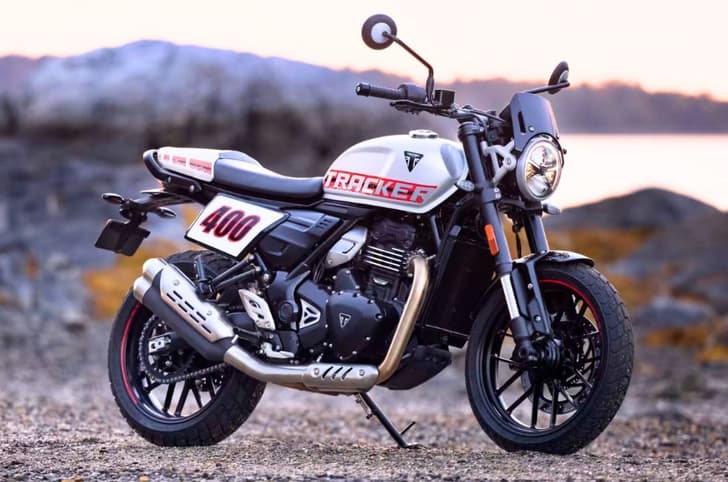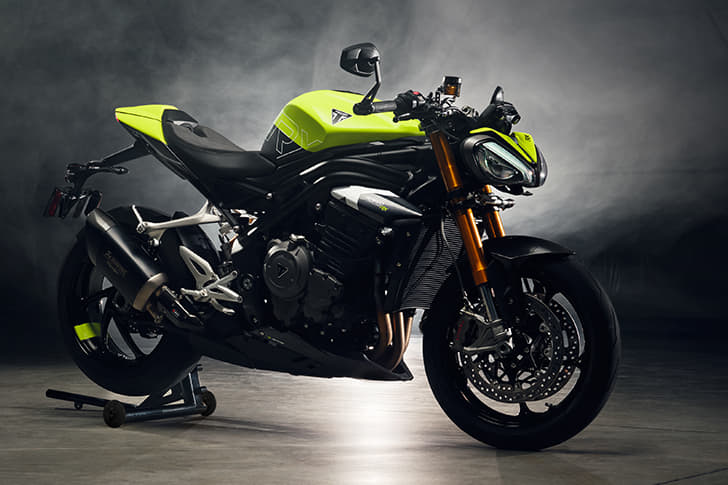After what seems like ages, DSK Benelli has finally launched their first faired motorcycle in India, the 302R. This mid-capacity parallel-twin powered motorcycle has some bits, the engine amongst few others, derived from the naked TNT 300, and has been designed to take on similar faired bikes in the country. Its competition in this 300-odd cc multi-cylinder category is primarily composed of two direct rivals, the Kawasaki Ninja 300 and the Yamaha YZF-R3. However, the R3 hasn’t been on sale since April 1 of this year as the company is yet to introduce a BS-IV compliant version of the bike to India, so this new Benelli has its sights set squarely on the Ninja. And while there are those who would see the likes of the KTM RC 390 going up against this little Italian thanks to somewhat similar engine capacity and power figures, we have excluded it in this comparison as the Austrian machine’s single-cylinder motor simply doesn’t offer the refinement of a parallel twin and, more importantly, it’s significantly less expensive. So 302R vs Ninja 300 it is!
Design
Benelli is mostly known for its wild-looking naked motorcycles, but what many don’t know is that the company’s comeback in the early 2000s was heralded by a full-faired sports bike called the Tornado Tre, which lived on in one form or another till 2014. This latest faired bike doesn’t really carry over any design cues from the Tornado, but is a pretty good-looking motorcycle in its own right. The aesthetics lean distinctly away from aggression and has the softer lines you’d expect from a sport-touring bike. It is offered in three colour options in India, but we think the silver-green scheme looks really attractive as it also harks back to the distinctive theme of the original Tornado. The Ninja 300 on the other hand has evolved dramatically from a fairly nondescript design (of the Ninja 250), to a very sharp looking one which now mimics the lines of its larger litre-class sibling, the ZX-10R. Both bikes seem to offer great quality and finish, and it’s almost nothing between the two to pick on here.
Engines and performance
Both these motorcycles use a liquid-cooled parallel-twin motor with an eight-valve head and nearly identical cubic capacities; so even their power and torque outputs are nearly identical, with the Kawasaki just barely inching ahead with a 0.2hp and 0.5Nm of torque advantage here. At least on paper, both the Benelli and Kawasaki engines seem to have very similar power delivery, with peak power and peak torque coming in at exactly the same rpm for both the bikes. Where the Ninja 300 gets a distinct advantage is in the power-to-weight game. With only 172kg of kerb mass, it makes over 226hp per tonne. Here, the portly 198kg kerb weight of the 302R works to its disadvantage, with the bike managing a not-insubstantial, yet lower power-to-weight figure of just under 200hp per tonne. We expect that this 13-odd percent better power-to-weight ratio will give the Ninja a distinct acceleration advantage in real-world testing, though how much more is a little difficult to say.
Chassis and brakes
The Benelli 302R gets a different frame design as compared to its naked sibling, the TNT 300. The frame now sports a new trellis design as well as a new subframe to accommodate a sportier seating posture. At the front, it keeps the TNT 300’s inverted 41mm forks, but at the back, both the swingarm and monoshock suspension have been dramatically changed, the latter now being more vertically mounted. The Ninja 300 on the other hand retains its more traditional diamond-type frame and even the suspension, though competent, is standard telescopic fare at the front. That being said, the rear does get a linked monoshock. Theoretically, the suspension components should give the 302R an edge in handling over the Ninja, but we suspect the Benelli’s significantly heavier weight would work against it. In any case, this is something we can comment on only once we’ve done a thorough comparison in the real world. But the Benelli does have a ground clearance advantage over the Kawasaki, with the former offering 150mm over the latter’s 140mm.
In the braking department, both these bikes come with petal discs at either end, but where the Kawasaki offers a single, large front rotor, the Benelli chooses two slightly smaller ones. The Benelli front brakes also come with four-piston calipers as opposed to the Kawasaki’s two-piston units. As for the rear brakes, the Ninja’s rotor is a bit smaller than the 302R’s, but features dual pistons while the 303R gets a single-piston caliper. While in theory, the Benelli should have an advantage in braking, its excess weight may be an issue. Though, its saving grace is the inclusion of ABS as standard, while it’s not even an option on the Kawasaki in India.
However, the tyre war swings distinctly in favour of the Benelli. The 302R is equipped with Metzeler M5 Sportec rubber – the proven radial tyres from the KTM 390s. So while there’s no significant size difference in the tyres as compared to the Kawasaki, the Ninja 300’s non-radial IRC tyres will not offer the same levels of grip.
Pricing
Both the Benelli 302R and Kawasaki Ninja 300 come to India through the CKD (completely knocked down) route without any localisation for any of their parts. The higher duty this route draws is reflected in their higher prices as compared to locally manufactured bikes such as the KTM RC 390. However, between the two, Benelli has really managed to undercut Kawasaki’s pricing despite running components such as inverted forks, dual front discs and ABS, which are traditionally fairly expensive over their standard counterparts. As things stand now, the 302R is about Rs 12,000 cheaper than the Ninja 300, which should really work in its favour. Stay tuned for a full-fledged road test of the Benelli 302R and a proper comparison test coming soon.













.jpg?w=728&q=75)






















